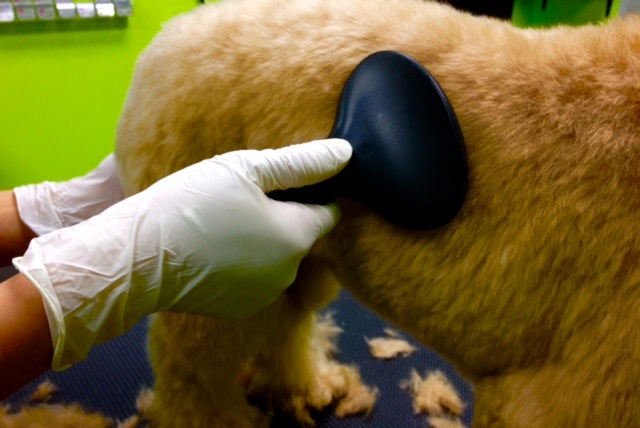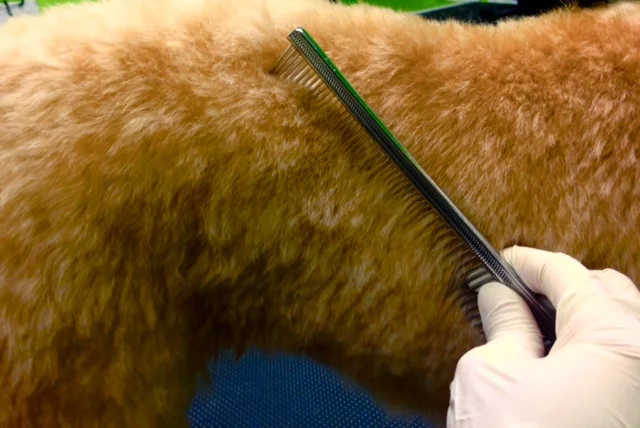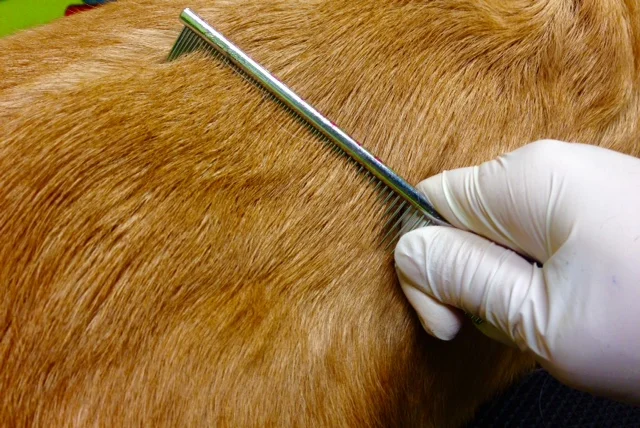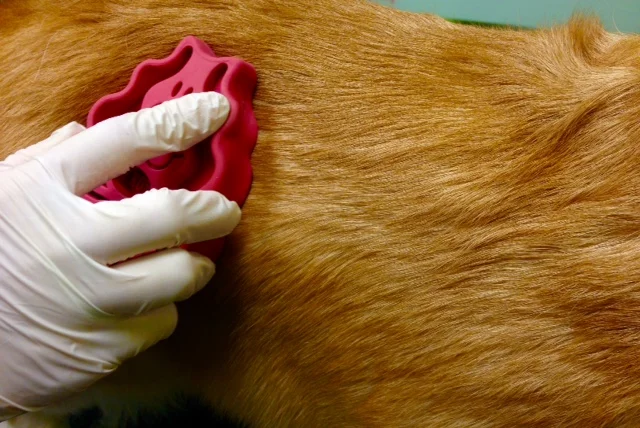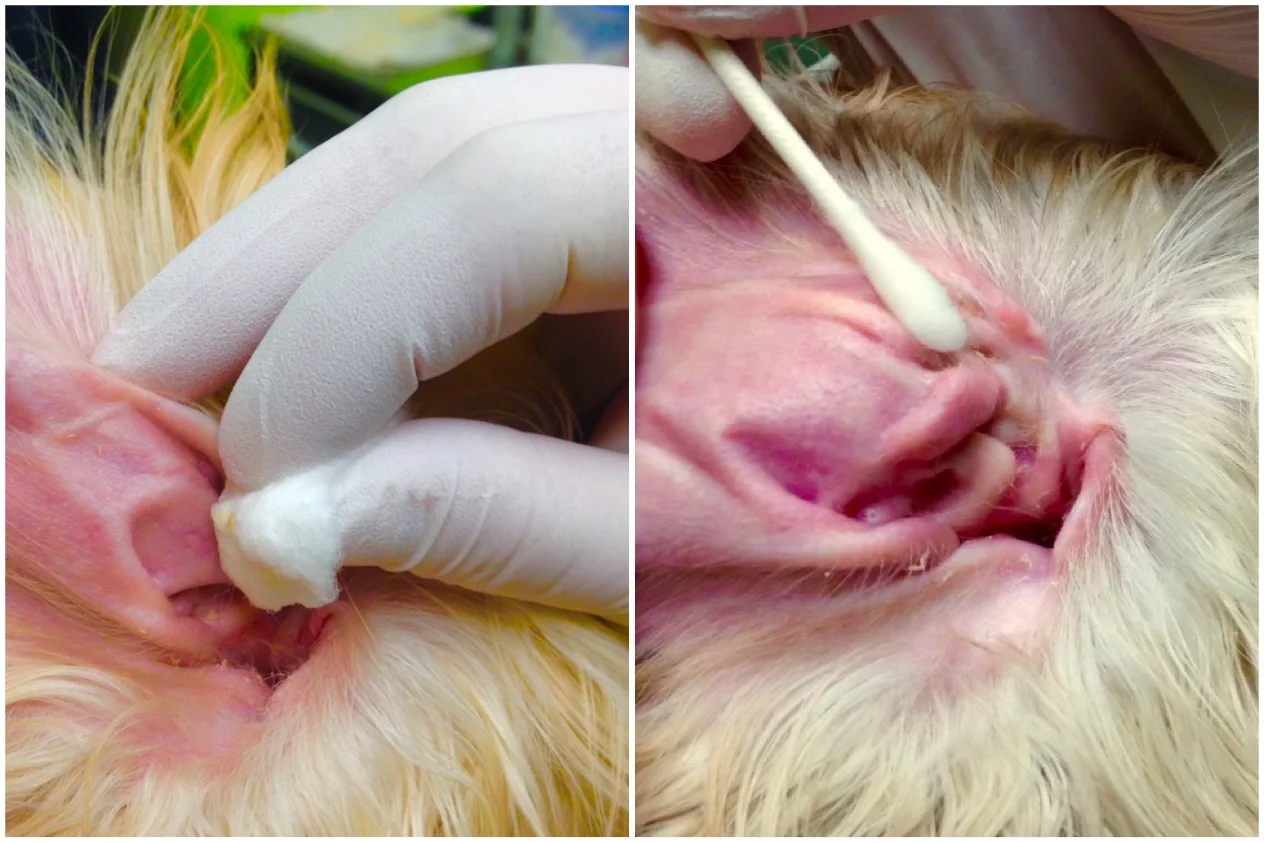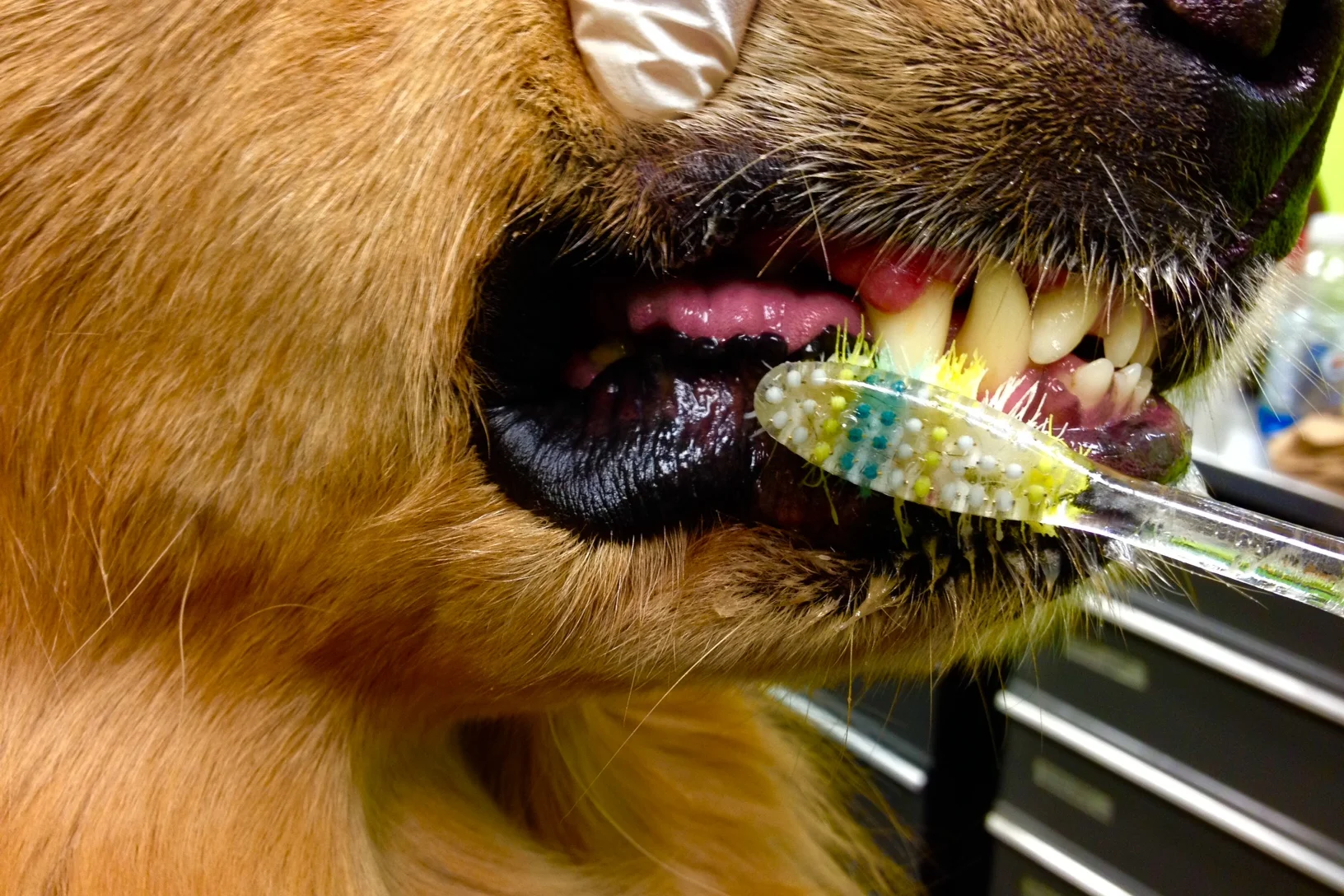6 Simple At Home Grooming Tips
Having your dog(s) and cat(s) professionally groomed on a regular schedule will help keep them healthy and feeling great! But your pet(s) will need some at home maintenance in between their grooming visits. Below are 6 simple and awesome tips to help you keep your pet in tip top shape at home!
1. Brushing - Single Coated Dogs
Single coated dogs refer to those with only a single layer of hair that grows uniformly over the body. Breeds such as Shih Tzu, Poodle, Bichon Frise, Maltese, and Yorkshire Terrier are all single coated dogs. These breeds are generally considered 'groomable' breeds that can be shaved, clipped and scissored appropriately.
If you are planning on bathing your pet(s) at home, please thoroughly brush through your pet(s)' coats to ensure they are tangle free before bath. DO NOT bathe your pet(s) if there are still matts or tangles in the coat! Water will tighten matts, making them tighter and larger than before! If your dog's matted coat is too difficult to brush out, DO NOT proceed in bathing your dog and please seek help from a professional groomer.
To maintain single coated breeds, you will need 2 simple tools:
A firm slicker brush;
Grip the slicker brush with your thumb resting on the top of the brush and brush in parallel to the contour of the dog's body, in the direction of the coat. The brush is more gentle when used this way and there is less chance of causing skin irritations!
HINT: When purchasing a new slicker brush, check the firmness and sharpness of the pins by running the brush parallel to your own skin to test the sensation caused by the brush. This will help you determine how gentle to brush to avoid skin irritations.
A Medium/Fine tooth comb
After your pet has been brushed through, use a Medium/Fine Tooth Comb to run through your pet's coat to ensure he/she is matt-free.
2. Brushing - Double Coated pets
Double coated dogs and cats refer to those that have a top coat made of harsh guard hairs and an under coat that is made of soft and diluted hair. Dog breeds such as American Eskimos, Pomeranians, German Shepherds, Siberian Huskies, and Samoyeds are all double-coated dogs. These breeds are generally considered 'natural' breeds that will need to undergo regular deshedding treatments to help eliminate their shedding coat.
Are you considering grooming your double coated dog to help him/her stay cooler this summer? Read our blog post, To Shave or Not To Shave, to help you make a safe and healthy grooming choice for your dog (not applicable for cats).
To help maintain double coated pets at home, you will need 2 simple tools:
A Medium/Fine Tooth Comb
Simply use this tool to comb through your pet's entire body to remove any undercoat that may be stuck or are ready to be released. When you are complete, you should be able to run your comb freely through the entire coat.
A Curry Brush
This gentle tool will feel like a massage to your pet! Use this tool to remove any excessive top coat that your pet is shedding.
(NOTE: We DO NOT recommend untrained owners to use the Furminator tool. Improper use of this tool can irritate and lacerate your pet's skin and damage your pet's coat.)
3. Nail Clipping
Regular nail clipping can help prevent your pet from slipping on your floors, scratching you (or other family members) unnecessarily, and most importantly, prevent posture or gait issues from occurring due to excessively lengthy nails.
Begin trimming your pet's nails by cutting a small amount of nail off at a time working in a circular motion around the nail until you reach the blood supply of the nail, also known as "quick". Once you've trimmed a nail, you can use that nail as a reference point for how much you can remove from the rest of the nails. If you do happen to cut the quick don't panic! Apply pressure over the quick and apply Styptic Powder (or Corn Starch) until the bleeding stops.
HINT: Nails on the back paws are generally shorter than the front paws.
4. Ear Cleaning
Regular ear cleaning will help keep your dog's ears clean and aids in preventing ear infections. Some dogs will also have hair growing out of the ear canal that may be gently plucked with a small amount of ear powder. (Please note not all breeds need ear hairs to be plucked. Please check with your professional groomer or veterinarian.)
To clean your dog's ear, apply a small amount of ear cleaning solution to a cotton ball and gently rub the underside of the ear and the opening to the ear canal.
HINT: For excessive buildup, you may use a cotton swab to clean out any waxy debris in the grooves of the ear. DO NOT place the cotton swab into the ear canal to avoid damaging the ear drums.
5. Eye Cleaning
Many breeds of dogs require daily eye maintenance to help rid of gunk build-up and remove excessive tearing. Neglecting to clean away the buildup that forms in the corners of the eyes can result in skin irritations and possible eye infections. To remove any thick buildup, use saline solution or colloidal silver with a cotton ball to gently wipe the area clean.
NOTE: If you notice yellow or green discharge in your dog's eyes, it is possible he/she may have an eye infection and may require a medicated eye drops prescribed by your veterinarian.
6. Teethbrushing
Although often overlooked, the health of your pet's teeth and gums have a
part in their overall health and well-being. Your regular at home pet care
routine should include nightly teeth brushing. You can purchase a pet
specific toothbrush or a baby toothbrush with extra soft bristles to brush your pet's teeth. Please only use pet friendly toothpaste as human toothpaste is TOXIC to pets.
To introduce teethbrushing to your pet, try applying some toothpaste onto your finger and allow your pet to lick it. Once he/she likes the taste of it, apply a pea-sized amount onto the toothbrush to get another yummy taste of the toothpaste but to also get used to the sensation of the toothbrush. Once your pet seems to enjoy the toothbrush, lift the side of your pet lips and gently brush up and down his or her teeth. Don't forget to brush the hind molars as they typically hold the most plaque.
HINT: The best time to brush your pet's teeth is just before bedtime so he/she won't be consuming any food or treats after this process.
If your pet won't stay still while you attempt to brush their teeth, try asking for help to stabilize your pet while you brush. And don't feel guilty if you miss a day of teethbrushing - just try your best to maintain a somewhat regular schedule to prevent excessive plaque build up.

